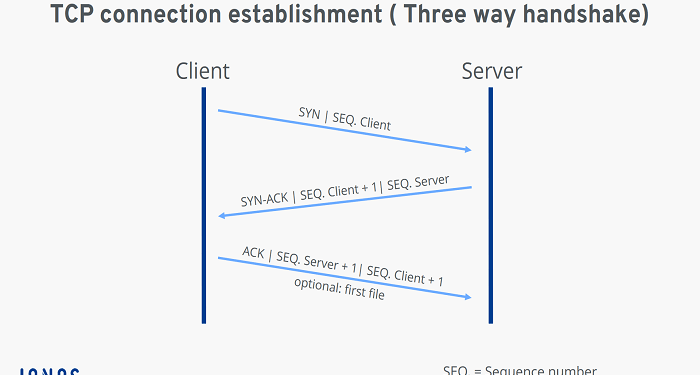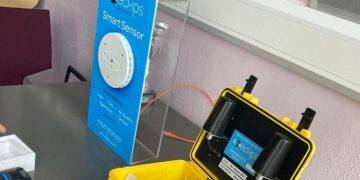How TCP IP model works? It is a protocol used to transfer data between two computers. It is a four-layer protocol, each with a distinct function. The Transport Layer is responsible for establishing a reliable connection to the network, dividing data into packets, and ensuring that the recipient receives each packet. The Application Layer is the group of applications that allow the user to interact with the network, such as email, messaging apps, and cloud storage programs.
The two protocols are similar to each other in many ways, but they have some distinct benefits. For example, TCP controls the size of data packets and makes sure that they don’t get lost or blocked in a network. This ensures that the network can receive and send data without any interruption. Without TCP, an application that needed to send a large amount of data would have to break the data packet into many smaller packets. With IP, the application would need to send and receive multiple requests.
The TCP/IP model is similar to a handshake. Data is sent to one end of a connection in one order and then passed through the other to complete the exchange. The server receives this information in the reverse order. This allows the server to send and receive data from multiple clients. The TCP/IP model can help you develop a virtual connection. If you’re a newcomer to the Internet, read this article to get an overview of how the protocol works.
In the TCP/IP model, the three layers of data transfer are known as Transport, Application, and Network. Each layer has its own function. The Application layer is responsible for setting up the network connections and performing complex operations. This layer works with the Transport layer services to ensure that data is correctly routed and synchronized. There are several other layers, including virtual terminal protocol (VTP), domain name system, and HTTP.
The TCP/IP model helps ensure that data is always accurately transferred. It breaks messages into packets and reassembles them when they’re received on the other end. The lower layer IP functions as the “address manager,” getting data packets to their destination. Every computer in a network checks the IP address before sending and receiving data. And when there’s a network conflict, TCP/IP helps keep things running smoothly.
The TCP/IP model is composed of five layers, which information must pass through before it can be sent or received. In the original TCP/IP model, there were four layers. After this model was updated, the INTERNET layer was changed to NETWORK. LINK was also split into two layers, and the DATA LINK layer became the application layer. The application layer consists of higher-level protocols.
The first layer of the TCP/IP model is the link layer. This layer is responsible for transporting data from a source network to a destination network. The second layer is the internet layer, which provides the unreliable datagram transmission facility. Next-hop routers relay the datagrams to their destination. Ultimately, the TCP/IP model establishes the Internet. So how does this model work?











